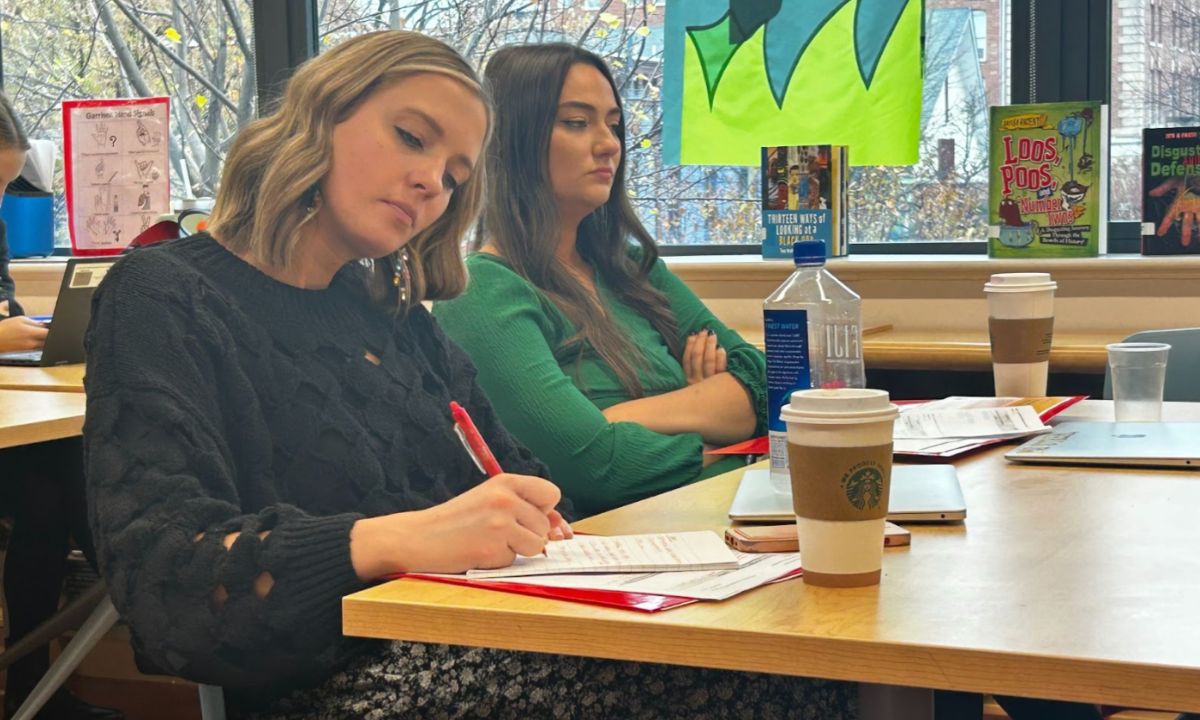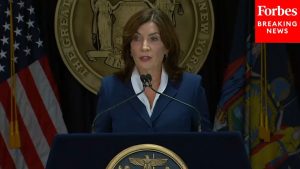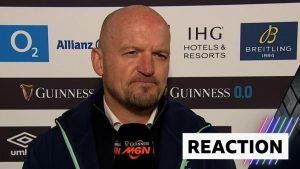Get stories like this delivered straight to your inbox. Sign up for The 74 Newsletter
Clarification appended Feb. 12
The year COVID-19 shuttered classroom doors, St. Louis’s Premier Charter School was acclimating not only to a new normal, but to a new way of teaching literacy.
The K-8 school and its 900 students shifted their curriculum in fall 2020 to include the science of reading — a switch many U.S. districts have made because of its positive results on literacy scores. But last year, with results remaining stagnant and low, Premier’s administrators started to wonder what they were missing.
“We are not seeing the gains and the progress that our school should be making,” said Jessica Smyth, one of Premier’s elementary principals. “We just know that our kids are capable of so much more than what the outcomes are currently showing.”
So, in December, Smyth and educators from three other St. Louis schools traveled to Washington, D.C., to learn from Garrison Elementary. The school had implemented the science of reading before it gained popularity across the nation and has seen improved literacy scores as a result.
The trip was part of a two-year program called the Emerson Early Literacy Challenge that launched last fall to help educators from the four St. Louis-area schools brainstorm ways to improve reading in the early grades. Atlas Public School and Premier Charter School in St. Louis, Commons Lane Primary School in the Ferguson-Florissant School District and Barbara C. Jordan Elementary in the School District of University City share a $1 million grant for the work.
Efforts to improve St. Louis reading scores have been ramping up since last year, when the local NAACP chapter launched a literacy campaign and later filed a federal complaint against the city and county school districts because of disparities in reading proficiency for students of color.
Leaders of the Emerson challenge say the biggest problem in improving St. Louis’s reading proficiency rates — which were at 20% for third graders in the city and 46% for third graders across the county in 2024 — is how the science of reading is implemented.
There are key elements besides using curriculum based on the science of reading that are needed to create substantial academic progress, said Ian Buchanan, a steering committee member for the Emerson challenge. For example, Garrison has more teachers in the classroom, efficient employee schedules and intensive tutoring sessions that allow its staff to increase their focus on literacy.
“We can have all of the curriculum resources. We can have rock star teachers,” he said. “We can have all of that, but there are some foundational pieces that need to be in place.”
Smyth said that even before Premier was chosen for the Emerson program, administrators had eliminated outdated instruction strategies like guided reading, which encourages students to use context clues to guess what a word could be instead of sounding it out.
The strategy is a major part of balanced literacy, an approach that has been deemed ineffective for struggling readers by cognitive scientists. Its lack of emphasis on phonics can cause students to fall behind as they encounter harder text in later grades.
While using a curriculum based on the science of reading was a step in the right direction, Premier’s administrators still weren’t happy with the school’s third grade reading scores: About 28% ranked as proficient or advanced on the state MAP reading test last year, down from 33% in 2018.

“While we see some really strong instruction that aligns with the science of reading in some classrooms, it’s not necessarily consistent among all classrooms,” Smyth said.
Premier is still training teachers in how to teach lessons based on the science of reading, Smyth said.
Garrison Elementary School began changing its reading instruction in 2018-19. Just a year before, only 13% of the school’s 250 students were meeting or exceeding expectations for reading on the District of Columbia Comprehensive Assessments of Progress in Education.
In 2023-24, that number rose to 43%.
Teacher training and explicit phonics instruction are crucial to gaining results like that, but schools also have to focus on staffing, class schedules and literacy screening tests, said Katharine Noonan, an English language arts instructional coach who helped implement the science of reading at Garrison.
The school already used DIBELS, a screening tool that evaluated students’ literacy skills and identified learning disabilities like dyslexia. Noonan said teachers were coached to use the screener more effectively by catching gaps in reading proficiency early and ensuring struggling students received the most intervention.
“(It’s) putting your best teachers in front of the kids that need the most help, and really prioritizing teacher-driven instruction,” Noonan said.
Garrison administrators had to rethink staffing and traditional class schedules, Noonan said. Rather than giving students the same amount of time with their teachers and pulling children who needed extra help out of the classroom to work with a reading specialist, staffing and schedules were restructured for those who were the furthest behind.
“That means, if I have 20 kids in my kindergarten class and I have three children who are behind — our screening data has showed us that they have gaps — then they see the (specialist) possibly every day, maybe even two adults a day, as a way to provide those interventions inside of the classroom,” Noonan said. “It does require a lot of creativity around staffing and schedules, because you have to sort of think, who are my available adults?”
Smyth said she and the other visiting St. Louis educators watched Garrison’s reading specialists conduct small-group lessons inside classrooms. The school “had some really great models in place, like classrooms that had two teachers in their rooms during all intervention blocks, which is wonderful. But then we got to ask questions like, ‘Who were those people? How do you have the staffing? How do you have the funding for the staffing to get these models to work?’ ” Smyth said.
Noonan said Garrison uses federal Title I funding to provide enough staffing for interventions, but schools can also use instructional aides and parent volunteers.
Buchanan said Garrison Elementary was chosen because it has similar student demographics to the St. Louis schools in the Emerson challenge. Even if it has more resources, Buchanan said, he thinks that what Garrison has accomplished can be replicated in St. Louis.
Leaders of each selected school received $20,000 at the beginning of the academic year to brainstorm strategies and craft plans to improve early literacy. They can get up to $250,000 during the 2025-26 school year to implement those plans.
“It was an excellent visit, because we were able to see in real time what teaching and learning looks like and to understand why they have been making gains,” Buchanan said. “We have a better feel for what it takes, where we are and what we need to do.”
Clarification: Some 28% of Premier’s third graders scored as proficient or advanced on the MAP reading test last year.
Get stories like these delivered straight to your inbox. Sign up for The 74 Newsletter








